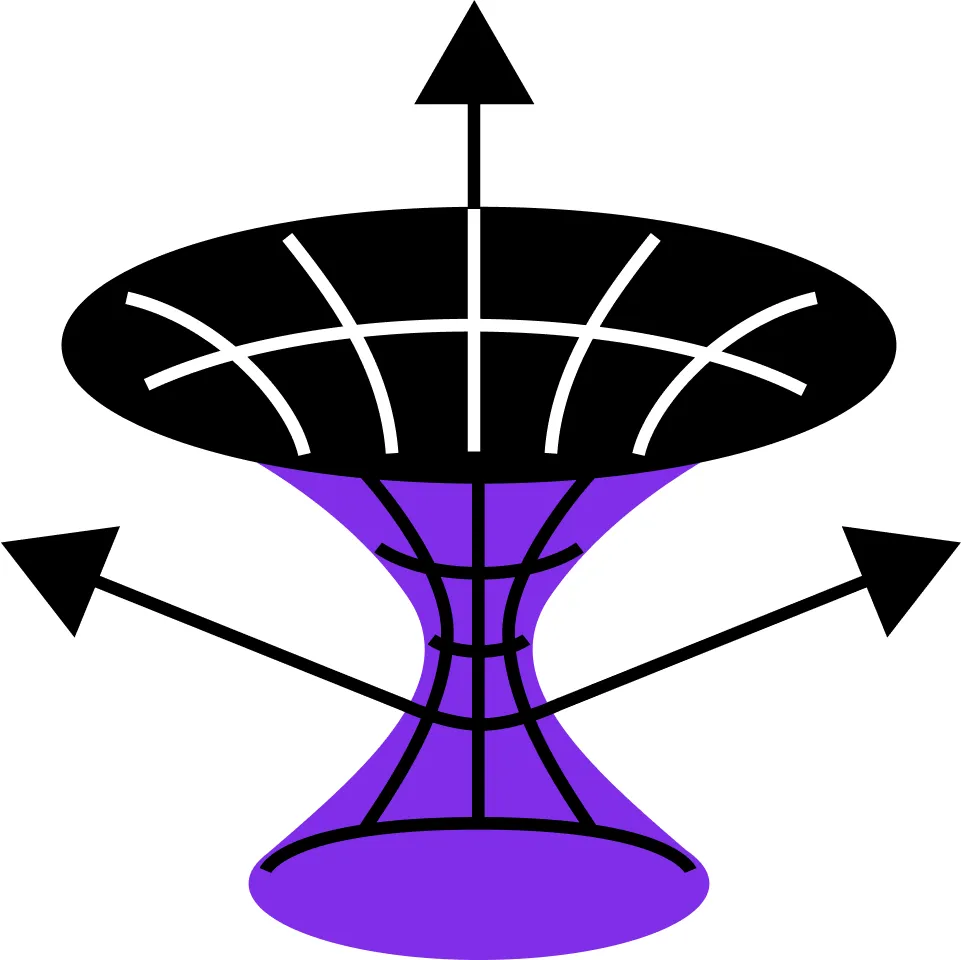
Introduction to Waves: Oscillatory Motion 
This introduction to waves explores the concept of oscillatory motion, which is the study of an object's motion with a linear restoring force. It provides an overview of Simple Harmonic Motion and its applications. ▼
ADVERTISEMENT
Course Feature
![]() Cost:
Cost:
Free
![]() Provider:
Provider:
Udemy
![]() Certificate:
Certificate:
No Information
![]() Language:
Language:
English
Course Overview
❗The content presented here is sourced directly from Udemy platform. For comprehensive course details, including enrollment information, simply click on the 'Go to class' link on our website.
Updated in [March 06th, 2023]
This course introduces students to the concept of oscillatory motion, or waves. Students will learn to identify objects that are subjected to simple harmonic motion (with linear restoring force). They will also learn to find the SHM solutions using Newton's second law, and to describe the evolution of an object's displacement, velocity, and acceleration as it undergoes SHM. Additionally, students will investigate simple pendulum motion, circular motion, and vertical oscillations. Finally, students will be able to describe and calculate the energy involved in SHM as it varies with time or position.
[Applications]
After completing this course, students should be able to apply the concepts of oscillatory motion to a variety of real-world situations. They should be able to identify objects that are subjected to simple harmonic motion and use Newton's second law to find the SHM solutions. Additionally, they should be able to describe the evolution of an object's displacement, velocity, and acceleration as it undergoes SHM, as well as investigate simple pendulum motion, circular motion, and vertical oscillations. Finally, they should be able to describe and calculate the energy involved in SHM as it varies with time or position.
[Career Paths]
1. Acoustical Engineer: Acoustical engineers use their knowledge of waves and oscillatory motion to design and build sound systems, soundproofing, and other acoustic products. They also work on noise control and vibration control. This field is growing rapidly due to the increasing demand for sound systems in public spaces, such as concert halls, theaters, and stadiums.
2. Robotics Engineer: Robotics engineers use their knowledge of waves and oscillatory motion to design and build robots. They use their knowledge of physics and mathematics to create robots that can move and interact with their environment. Robotics engineers are in high demand as the field of robotics continues to grow and develop.
3. Aerospace Engineer: Aerospace engineers use their knowledge of waves and oscillatory motion to design and build aircraft, spacecraft, and satellites. They use their knowledge of physics and mathematics to create vehicles that can fly and maneuver in space. Aerospace engineering is a rapidly growing field due to the increasing demand for space exploration and travel.
4. Automotive Engineer: Automotive engineers use their knowledge of waves and oscillatory motion to design and build cars, trucks, and other vehicles. They use their knowledge of physics and mathematics to create vehicles that can move and interact with their environment. Automotive engineering is a rapidly growing field due to the increasing demand for efficient and safe vehicles.
[Education Paths]
1. Mechanical Engineering: Mechanical engineering is a field of engineering that focuses on the design, construction, and operation of machines and mechanical systems. It is a rapidly growing field, with new technologies and applications being developed every day. Mechanical engineers are responsible for the design, development, and operation of a wide range of machines, from small household appliances to large industrial machines. They also work on the development of new materials and technologies, as well as the optimization of existing systems.
2. Electrical Engineering: Electrical engineering is a field of engineering that focuses on the design, construction, and operation of electrical systems. Electrical engineers are responsible for the design, development, and operation of a wide range of electrical systems, from small household appliances to large industrial systems. They also work on the development of new technologies, as well as the optimization of existing systems. Electrical engineering is a rapidly growing field, with new technologies and applications being developed every day.
3. Physics: Physics is a field of science that focuses on the study of matter, energy, and their interactions. It is a rapidly growing field, with new technologies and applications being developed every day. Physicists are responsible for the study of the fundamental laws of nature, as well as the development of new technologies and applications. They also work on the optimization of existing systems.
4. Computer Science: Computer science is a field of study that focuses on the design, construction, and operation of computer systems. It is a rapidly growing field, with new technologies and applications being developed every day. Computer scientists are responsible for the design, development, and operation of a wide range of computer systems, from small household appliances to large industrial systems. They also work on the development of new technologies, as well as the optimization of existing systems.
Course Syllabus
Introduction and Important Quantities
Simple Harmonic Motion (SHM)
Solutions to SHM
Notes on Quantities Related to SHM
Displacement, Velocity, and Acceleration
Simple Pendulum
Energy in SHM
Example 1: SHM
Example 2: SHM
Example 3: SHM
Phase Constant
SHM and Circular Motion
Example 4: SHM
Vertical Oscillations
Pros & Cons

Presented clearly

Great detail.

None mentioned.
Course Provider

Provider Udemy's Stats at AZClass
Introduction to Waves: Oscillatory Motion explores the concept of oscillatory motion, the study of the motion of an object under the action of linear restoring forces. In this course, learners learn the basics of wave and oscillatory motion. They can learn how to identify objects subjected to simple harmonic motion (with linear restoring forces), and how to find SHM solutions using Newton's second law. Learners can also learn how to describe the evolution of displacement, velocity and acceleration of objects as they undergo SHM. Additionally, learners can investigate pendulum motion, circular motion, and vertical oscillations. Finally, learners can learn how to describe and calculate the energy involved in SHM as it varies with time or location.
Discussion and Reviews
0.0 (Based on 0 reviews)
Explore Similar Online Courses

Python Developer Bootcamp in 2022 - Beginner to Expert

Multivariable Calculus

Python for Informatics: Exploring Information

Social Network Analysis

Introduction to Systematic Review and Meta-Analysis

The Analytics Edge

DCO042 - Python For Informatics

Causal Diagrams: Draw Your Assumptions Before Your Conclusions

Whole genome sequencing of bacterial genomes - tools and applications

Matrices for physics

AP Physics C - Electricity & Magnetism: Exam Prep


Start your review of Introduction to Waves: Oscillatory Motion